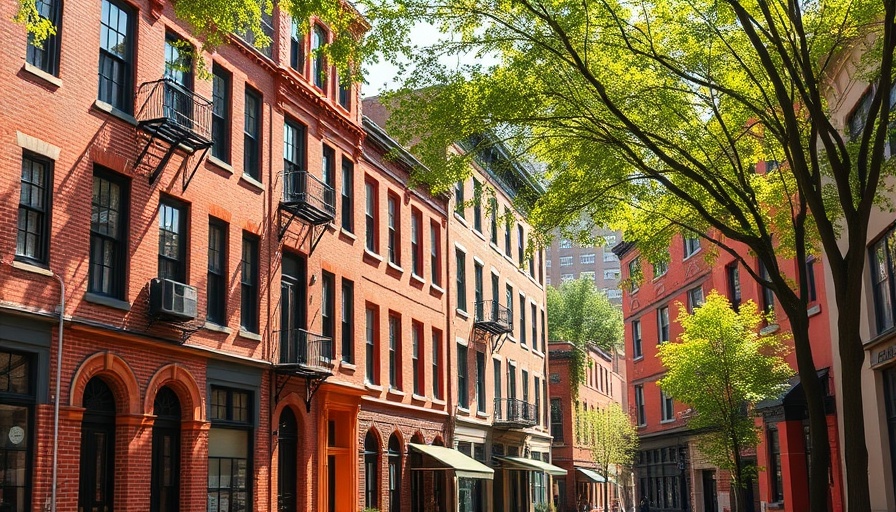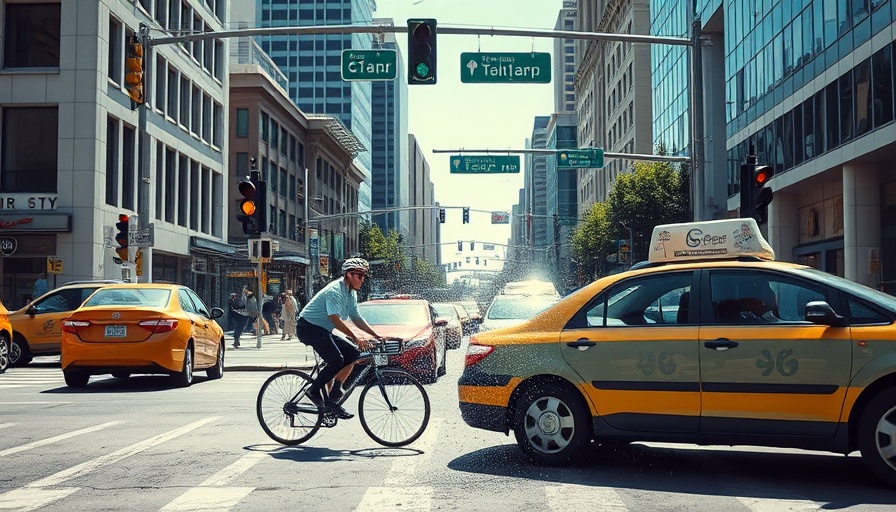
A Look at Jones Street's Cultural Significance
In an age where music and art intertwine with urban landscapes, few can match the richness of Jones Street in New York City. Renowned for inspiring legendary musicians like Bob Dylan, this small street has become a canvas reflecting the vibrant spirit of Greenwich Village. The 1963 album cover of The Freewheelin' Bob Dylan immortalized this locale, symbolizing the voice of a generation seeking authenticity amidst the changing tides of American life. As Village Preservation works diligently to protect the cultural integrity of such sites, the intersection of artistic expression and heritage preservation shines brighter than ever.
The Intersection of Music and Urban Preservation
The essence of Jones Street extends beyond its physicality to encapsulate a historical narrative intertwined with musical evolution. Landmark designations not only preserve the architecture but also the stories embedded in these structures. The corridor that once echoed with the struggles and aspirations of artists has now gained the distinction it deserves, transforming the way that future generations will interact with this musical heritage. Other notable album covers that reflect similar urban tales are scattered around the city, preserving the memories of countless musicians.
Why Landmark Designations Matter
Landmark designations serve as protective measures, safeguarding cultural touchstones that contribute to community identity. They are more than just legal labels; they are declarations of significance, prioritizing heritage in the ever-evolving urban environment. Historical preservation efforts not only conserve the aesthetic value of sites but also perpetuate a connection to the past for locals and tourists alike. In this case, Jones Street represents a fusion of artistic heritage with community enrichment.
Modern Implications: A Community Perspective
The preservation of Jones Street is emblematic of broader trends in urban development where authenticity is valued more than mere commercialization. As the cityscape transforms with new developments, maintaining links to the artistic histories keeps communities grounded. For today’s professionals, especially in creative fields, recognizing the importance of such designations promotes advocacy for preserving local narratives. Encouraging younger generations to appreciate their roots fosters a sustainable relationship with their environment.
A Call to Action for the Community
As discussions around preservation heat up, it’s crucial for members of the community—whether as artists, business owners, or residents—to actively engage in supporting preservation efforts. Consider participating in initiatives that celebrate the cultural landscape of your neighborhood and help bolster awareness and appreciation for its historical significance. Your voice can contribute to the ongoing narrative that Jones Street and similar locales embody, engaging future generations in meaningful conversations about our shared heritage.
 Add Row
Add Row  Add Element
Add Element 



Write A Comment